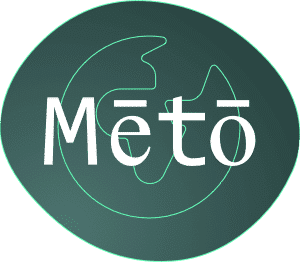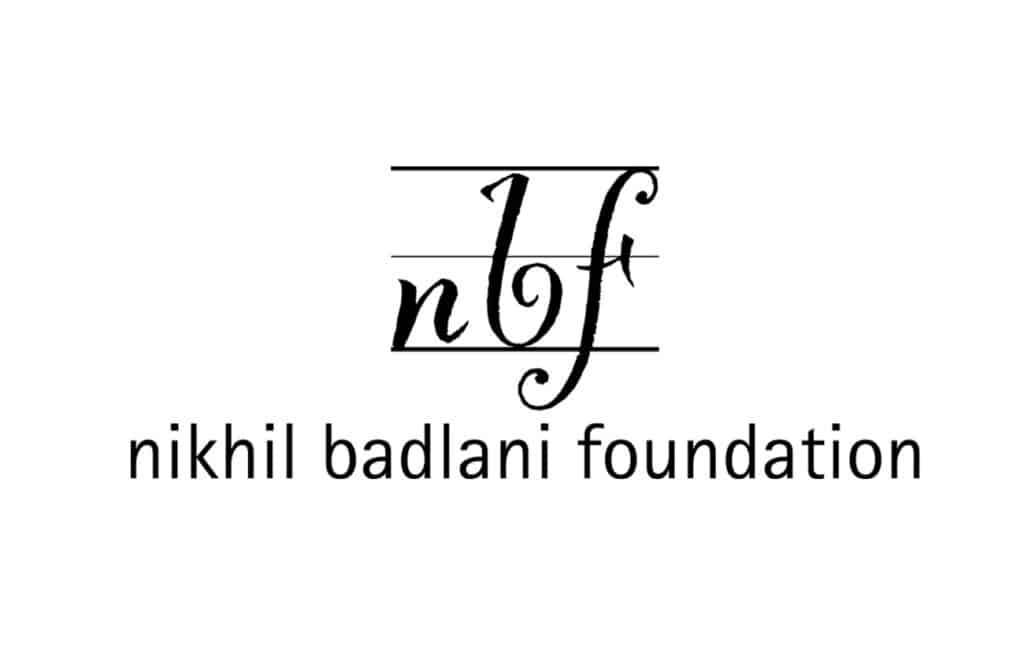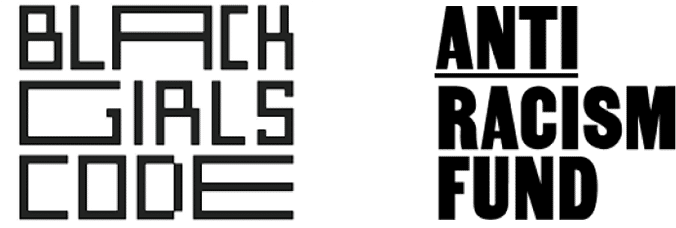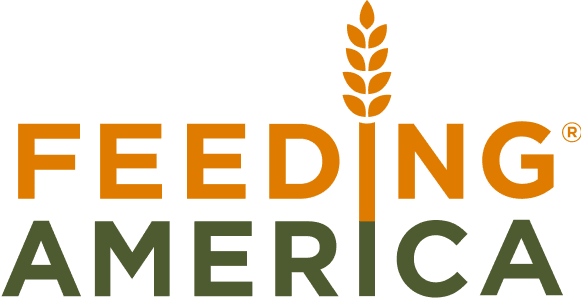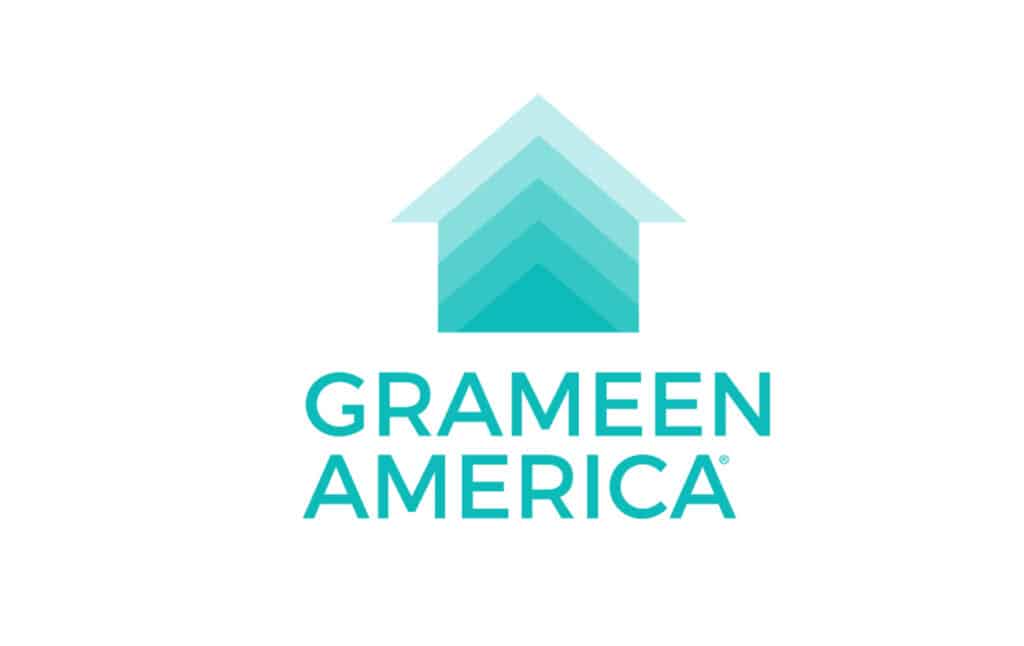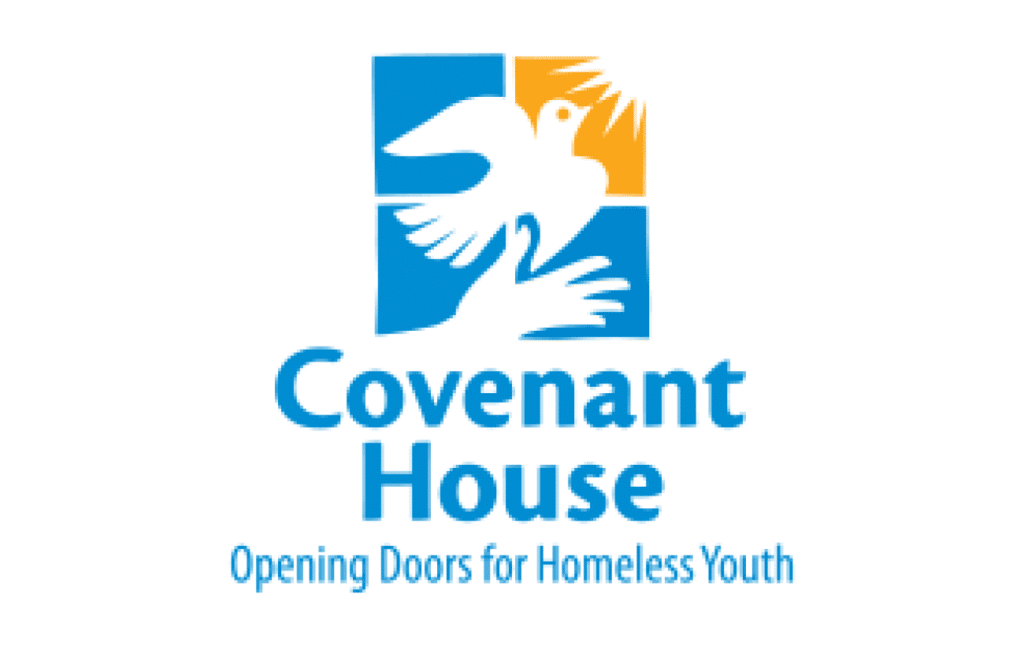Although many might not consider email marketing trendy, those that pay close attention know that user centric email design is the best way to increase engagement. Moreover, there is an combination of past, present and future best practices. All of which are pressuring email marketers to adapt.
For this reason, marketing teams must maintain a keen eye on what trends are passé, fleeting or here to stay.
The current market is cluttered with emerging trends and clouded by outdated and exploratory best practices.
How Are Industry Trends and Pressures Influencing Email Marketers Today?
Technology is at the root of all current trends we are seeing in email marketing today. In fact, these trends serve as a catalyst for the evolution of technology, which have a direct impact on the constant connection we all have because of it. For this reason, marketing teams everywhere are looking for new ways to increase engagement rates. In addition, marketers are also striving to make their emails more easily accessible and understandable to all readers.
As we begin a new decade, we are seeing marketing trends shift sharply towards fully optimized user centric email design. Making emails more accessible and more interactive to increase engagement is more important than ever before.
Namely comprised of simplified elements infused with user-generated and hyper-personalized content. And of course, fully compliant with new emerging email regulations. This new generation of user centric email design is changing the marketing game as we know it.
And all of these trends are a vital part of this evolution, ensuring that users around the world can be better connected and creating a personalized journey experience that guides them from prospect to client.
Here Are 5 Trends You Must Implement to Optimize Your User Centric Email Strategy
1. Email Accessibility
Accessibility in terms of email marketing has become a popular topic. Especially as smart devices have become more commonplace. Primarily, accessibility refers to the practices of designing your email content for universal comprehension.
Best Practices for Accessibility
- Use descriptive subject lines
- Create and maintain logical structure
- Use shorter sentences for scanability
- Limit jargon and complex words
- Utilize a strong visual hierarchy
- Use proper alt text for all images
- Include a plain text version of the email copy
- Optimize HTML with real text
- Add hover effects to indicate clickability
- Add role=”presentation” to your tags
2. Illustration
Custom illustrations are a key driver for brands to build a unique visual identity. One that sets them apart from the rest of the market. Illustrations can add a playful touch to your email designs while embracing your brand’s values.
They are cost effective, easily adaptable and can be utilized more than once, across various formats channels and marketing objectives.
Best Practices for Illustration
- Ensure that illustrations fit within your current branding
- Develop a reusable library of illustrated elements to create efficient workflows
- Use custom illustrations when you do not have a budget for stock photography
- Integrate illustrations throughout your design to guide the reader’s eyes and provide a visual aid to storytelling
- Allow illustrations to blend in with the body of your content, instead of interrupting the flow of your email
3. Dark Mode
If you think Dark Mode is a temporary fad, you are sorely mistaken. Dark Mode enhances accessibility by displaying content using dark background colors and light text. Moreover this high contrast reduces eye strain by minimizing blue light and providing readability.
Not only is Dark Mode easier on the eyes, but it also saves battery life. Not to mention it creates an overall better user experience. Dark Mode reduces brightness for those who spend most of their day looking at a screen, or for those who may be using their device in the evening.
Best Practices for Dark Mode
- Utilize background colors as a way to safely navigate dark mode
- Understand that white space doesn’t have to be ‘white’
- Use lighter and darker greys, instead of black and white, so the high contrast is not damaging to the eyes
- Target Dark Mode users by using media queries
- Test your design in both light and dark email environments
- Use transparent PNGs that can adapt to either scenario
4. Interactivity
Recently, marketing teams have taken hyper-personalization one step further. Implementing top notch content interactivity via the creation of kinetic emails. To clarify, kinetic emails are marketing messages infused with interactive elements.
Taking contextual marketing one step further into the user centric realm, kinetic emails actually mimic a website interface. These interactive elements facilitate user engagement throughout an array of interaction opportunities.
Kinetic emails create rich visual experiences for users. Ones that can express the voice of a brand better than ever before. In addition, adopting interactivity into an email strategy allows marketing teams to do more with their emails. Without increasing word counts. By providing a full brand experience entirely inside the inbox.

Best Practices for Interactivity
- 70% of email clients support interactivity, but all ways a fallback in place
- Use a hide and show framework to implement interactive elements with fallbacks
- Use an externally-linked CSS file instead of one that is embedded or inline
- Start with some simple hover effects on links buttons, and imagery
- Gather feedback through simple survey implementations
5. Personalization
Best Practices for Personalization
- Evaluate each content section to see how personalization fits in
- Create intuitive reports that tailor to a user’s journey
- Provide unique offers based on customer engagement
- Convert customer data into what will be useful and relevant to subscribers
- Segment your audience and focus on their behavior
- Leverage dynamic content


